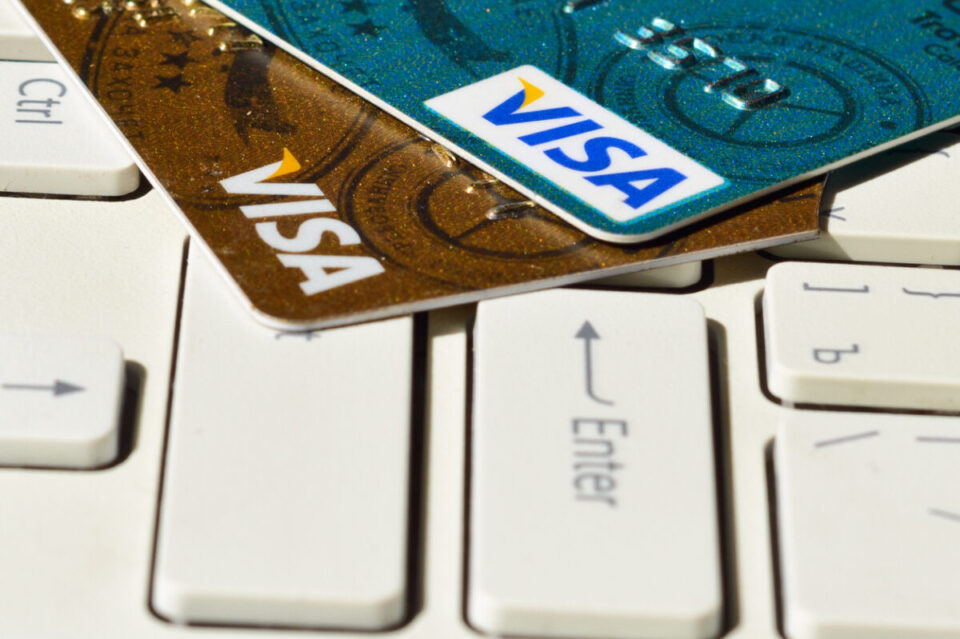Currently, there are two billion people worldwide who cannot access financial services because their data is held on ‘traditional’ sources. There is a clear disparity between these ‘unbanked’ populations and those whose data is held online through the use of the internet and smart devices.
Technology-based financial services have been leading the charge to ‘bank the unbanked’, but what is the current state of play around the world?
The World’s Unbanked Population
Although the universal accessibility of digital banking has come a long way within recent memory, much of traditional banks’ customer onboarding process continues to be processed manually, relying heavily on traditional data from credit bureaus when performing identity verification checks. High street banks are still utilising multiple forms, paper files, manual compliance checks and in-person identification checks, a process which has long been considered archaic, time-consuming and harbouring a poor user experience.
Utilising traditional data to verify identity doesn’t just alienate the modern digital consumer, it also leads to a considerable portion of demographics being unable to access the services that they require. Such a reliance on traditional application processes prevents underserved or unbanked populations who may not have formal identity documents from creating accounts, applying for loans or mortgages, or gaining access to other potentially life-changing opportunities.
There are significant swathes of populations that remain unbanked, but in order for them to gain access to the financial services they need and deserve, the data that is relied upon in verification processes needs to expand to include more modern sources. When we consider somewhere like Argentina for example, the data shows how 51% of residents remain unbanked, yet 76% are active social media users; demonstrating the disparity between how data is being created, and the data sources that are being used to provide consumers with basic needs.
Where many ‘unbanked’ customers usually hold some form of identification, this is usually absent of the documentation and credit records required by financial service providers to assess creditworthiness and perform consumer due diligence. As a result, this demographic are often referred to as ‘thin-file’ customers.
in comparison, there are around 4.14 billion active social media users worldwide, with the average user operating across 8.3 different social platforms. And this is a figure that is continually expanding, with more than 180 million new users accessing social media between July and September 2020; equating to almost 2 million new users every day. Nearly 60% of the world’s total population enjoy access to the internet, and 91% of this figure using their mobile devices to go online at least some of the time.
Hello Soda have gathered data on the percentage of adults with a bank account from The Global Findex Database, based on information from more than 140 countries and cross-referenced it against the mobile phone connections, internet users and active social media users per capita from Data Reportal, in those countries:
Hello Soda’s comprehensive data findings can be sourced here
Key Findings:
The Global Findex database is the world’s most comprehensive data set on how adults save, borrow, make payments, and manage risk. According to the database, more than 20% of adults globally receive wages or government transfers in cash, and many people in developing countries pay bills in cash.
There are 5.26 billion unique mobile phone users but 10.36 billion mobile phone connections in the world today, according to the latest data from GSMA Intelligence. This means that for every unique user, there is an average of 1.96 connections. This demonstrates that the data being created by these users and platforms through smart devices is not being used to enable these unbanked customers financially.
In the Philippines for example, only 34.5% of the population have a bank account, but for every person, there are 1.59 mobile phones and 67% of the population are active social media users displaying a clear disparity in the way data is being generated and how it is being used. Vietnam tells a similar story, where only 30.8% of the population have a bank account, but there is almost a phone for every person and, again, 67% of the population are active social media users.
Because account ownership is nearly universal in high-income economies, virtually all unbanked adults live in developing economies, though there is a relatively high percentage of access to the internet. China and India, despite having relatively high account ownership, claim large shares of the global unbanked population because of their sheer size.
But, even in Russia – the world’s 6th largest economy – more people own a smartphone than have a bank account. The same can also be said for Indonesia – the world’s 7th largest economy – where only 48.9% of the population have a bank account, but there are 1.24 phone connections for every person (81.4% of the population own a mobile phone, when divided by 1.523) and 64% of the population have access to the internet. Even more staggering, only 36.9% of Mexico have a bank account, but in a country with the world’s 11th largest economy, 69% of the population have access to the internet and are active social media users.
Alternative data sources such as these are less susceptible to fraud; social profiles for example are often built up over a number of years and are verified by their connections. They are also less costly to maintain than traditional paper-based documents, which are more likely to be lost or damaged and require storing, continuous updating and are difficult to quickly navigate. More importantly, these alternatives enable remote account opening, lowering the operational costs for banks aiming to serve isolated consumers.
What Does the Future Hold?
Technology-based financial services have been leading the charge to ‘bank the unbanked’, making daily financial operations accessible and user friendly for almost everyone – especially people who had no access to banks before (financial inclusion is especially important in emerging markets, like Asia, Africa and South America). Implementing a robust digital identity verification process can positively impact the economic opportunities and welfare of those excluded from gaining financial services.
From big modern shopping centres down to small food carts on street corners, mobile payments are being more widely used as an everyday payment method. Fintech innovation is lowering transaction and service costs and reaching a population that would otherwise be unable to benefit from standard financial services. No matter where you live, you can now apply for and access a bank account.
By banking the unbanked, fintech is likely to prompt traditional players in the sector to innovate, in turn, accelerating the sector’s regime change. Starting with people who have been traditionally excluded or marginalised (either through geography or socioeconomics), banks can create a more inclusive financial world.
At present, only a small minority of the population have fully switched to a digital or challenger bank as their primary bank. In other words, the move toward digital banking is happening and on the rise. And as soon as challenger banks can offer consumers the reliability, stability, scalability and security of big banks, plus a sophisticated digital experience and a focus on financial well-being, banking will truly become more accessible and inclusive.



